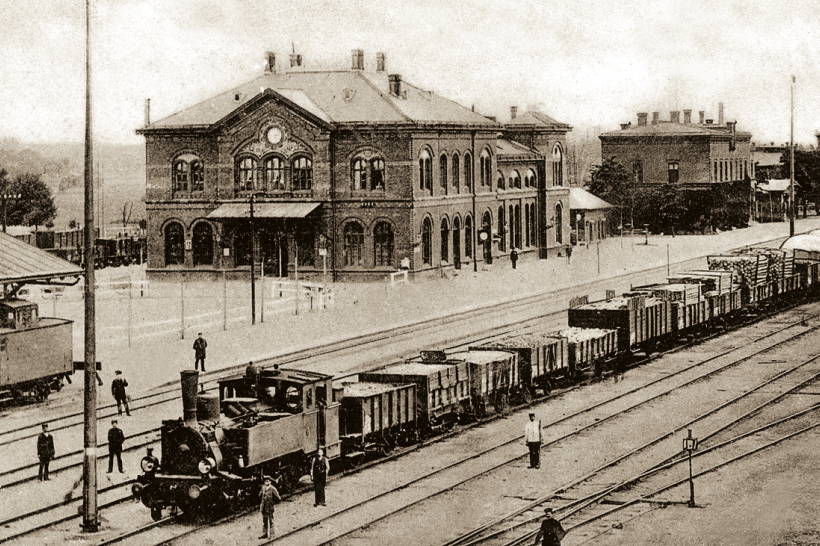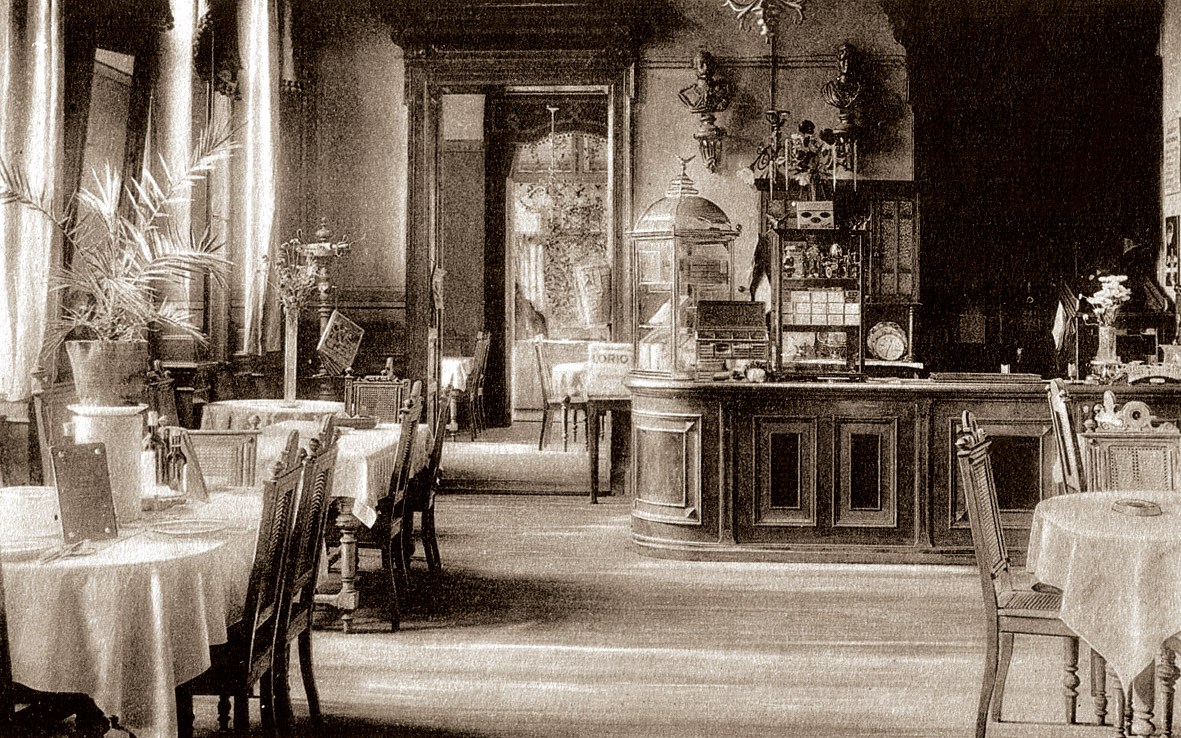
The railway station in Kluczbork - end of the 19th century
History of railways
10 listopada 2020

The railway station in Kluczbork - end of the 19th century
The route was to run from Wrocław on the left bank of the Odra through Oława, Brzeg and Opole, continuing through Gliwice towards Upper Silesia, and in the opposite direction – as far as Berlin. The construction was completed in 1844–1847 by the Lower Silesian-Markish Railway Company. The main railway line was supplemented by the following connections built under local initiatives: from Wrocław to Jaworzyna Śląska (1843), from Jankowa Żagańska through Żagań and Niegosławice to Głogów (1846), from Brzeg to Nysa (1847–1848), from Legnica to Jaworzyna Śląska (1856) and from Wrocław to Leszno (1856).
Travelling from Berlin
Soon, in Prussia major railway lines were built from Berlin to Szczecin (1843), Poznań (1848), Gdańsk (1851–1852) and a line to Königsberg (1857) through Krzyż and Bydgoszcz with a monumental bridge over the Vistula in Tczew. In 1856 a connection was built between Poznań and Wrocław, and in 1862 – between Bydgoszcz and Toruń. Generally, in the territory of Prussia railway lines diverged from Berlin in various directions. Subsequent ones were built as branching lines leading to industrial centres and larger cities, while local connections were built in between. In addition, industrial narrow-gauge railways were put into service. Their gauge was mainly 785 mm and they had an extensive network of sidings.
Industry driving the development of railways
In 1850 the steelworks in Upper Silesia satisfied half of the steel requirement of Prussia, and zinc mills in 1860 were the largest producers of this metal in the world. The needs of Silesian industry and the large population in that region were conducive to the construction of a dense railway network, mainly as a result of the efforts of local railway companies. Therefore, as early as 1854 the Upper Silesian Railway Company undertook the construction of the main railway connections from Tarnowskie Góry through Chebzie to Wirek and from Karb through Rozbark to the “Kunegunda” zinc mill. A thriving industrial centre was also situated in the Sudeten Foreland, with coal mines in the region of Wałbrzych and Nowa Ruda. Railway provided options for the mass export of goods and raw materials. In 1843 the Wrocław-Świdnica-Świebodzice Railway Company completed the construction of the line to Wrocław where a large river port on the Odra was in operation, and in the following year a branch line was built from Jaworzyna Śląska to Świdnica. Previously, relevant permits were obtained from the Ministry of War since at that time Świdnica had the status of a fortress.
An undertaking that was interesting from an engineer’s point of view was the state-financed construction of the Silesian Mountain Railway. The purpose of the line was to enable the development of the manufacturing centres of the textile and mining industry in the area of Lubań, Jelenia Góra, Kamienna Góra and Nowa Ruda. It was commissioned section by section: Zgorzelec–Rybnica with a Lubań–Węgliniec (1865), Rybnica–Jelenia Góra (1866) and Jelenia Góra–Wałbrzych (1867) branch. Two tunnels were bored on the latter section.

The railway station in Jarocin, built in 1870-1875, was one of the main stations in the Prussian territory - an elegant 1st and 2nd class waiting room
The ultimate shape of the railway network
The railway network in the territory of Poland under Prussian rule attained its near final shape around 1880. At that time, the authorities introduced facilities such as new regulations governing the construction and operation of secondary railways, that is, lines that could reach max. speed of up to 19 mph (30 km/h). Restrictions were applied to requirements concerning signals, grade-crossing gates, fencing of tracks and route supervision, and the construction of railway subgrade. Despite this fact, the profitability of building new connections decreased, entailing reduced interest among investors and thus the construction of subsequent railway connections was taken over by the state, which also started acquiring the existing lines from private owners. At that time the connections: Szczecin–Goleniów–Gryfice–Kołobrzeg (1882), Toruń–Grudziądz–Malbork (1883), Olsztyn–Szczytno–Ełk (1885), Olsztyn–Braniewo (1885), Zbąszyń-Międzyrzecz (1885), Zbąszyn-Wolsztyn (1887) and Fordon–Chełmża (1893), with the then largest bridge over the Vistula, were put into service.
Railway companies
In 1876, Prussia had 50 railway company boards administering 63 separate networks with nearly 1,400 transport tariffs. This was too much for the pragmatic Germans. In 1884 the Royal Railway Directorate was established in Wrocław whose task was to put the whole system in order. The directorate assumed control over all state railways. In 1892 an act on railways and private commuter railways was passed. This act provided the basis for the construction of local narrow-gauge lines (e.g. in Środa, Żnin, Ełk, and Wrocław) and short-distance local connections.